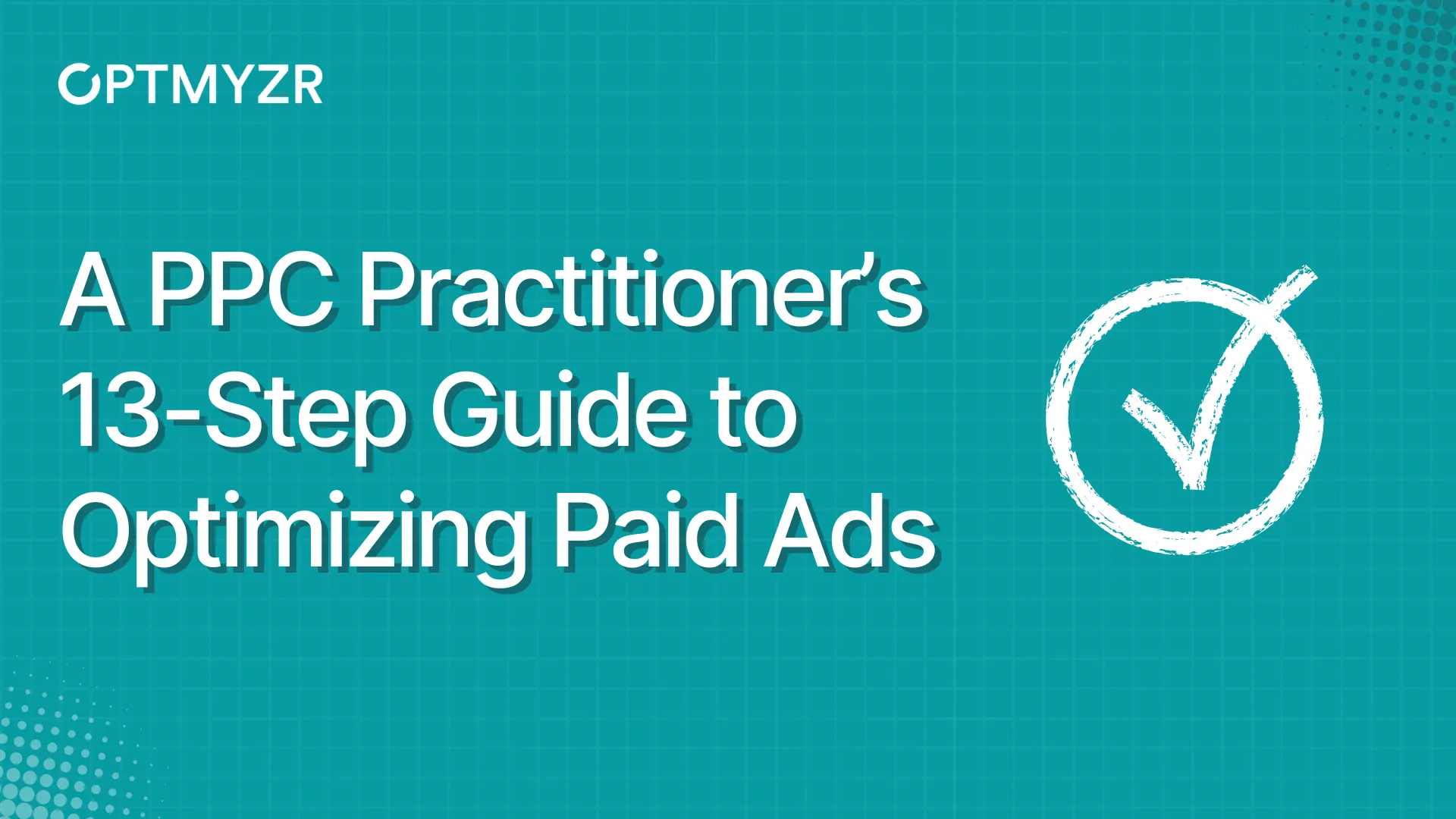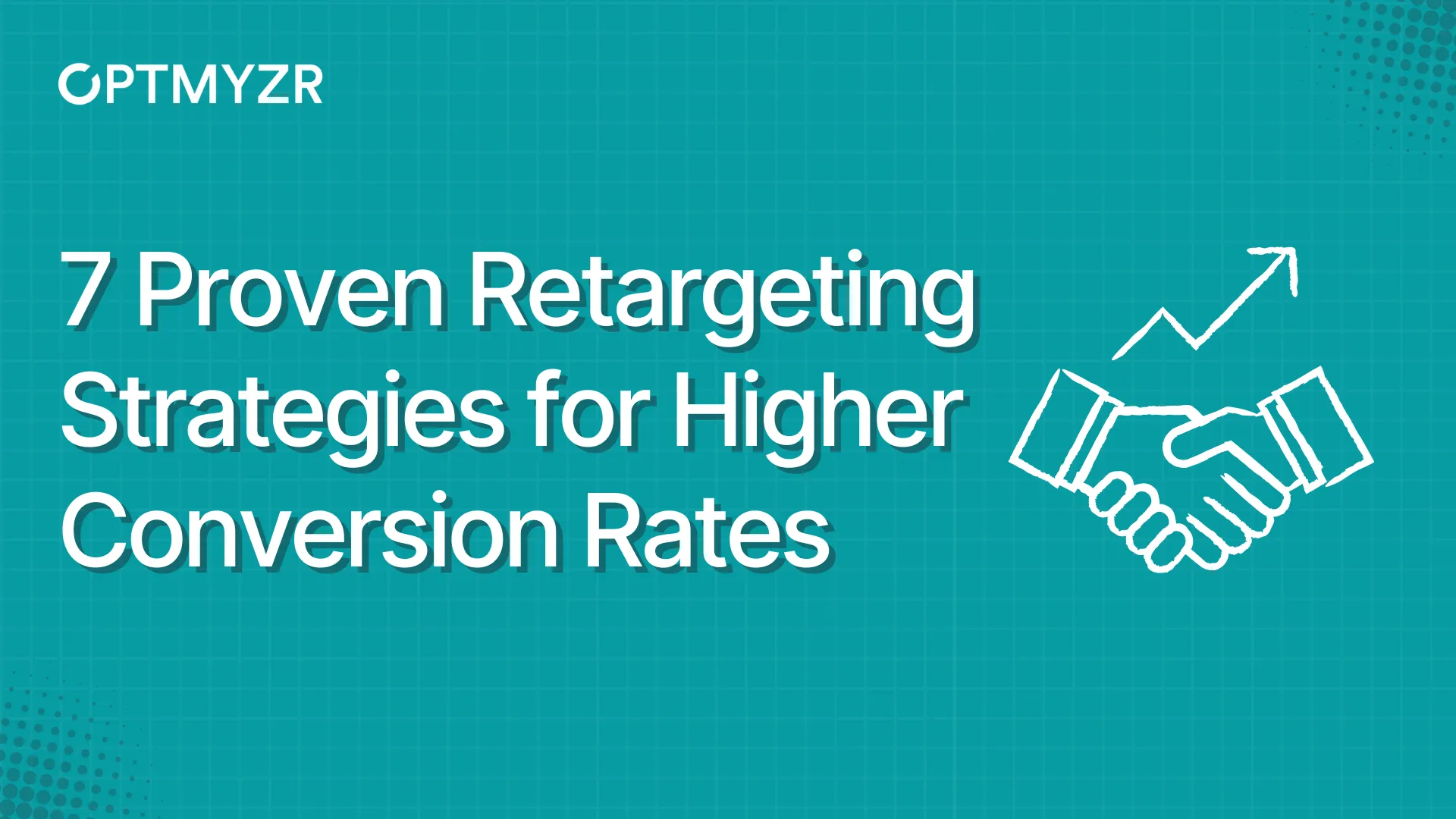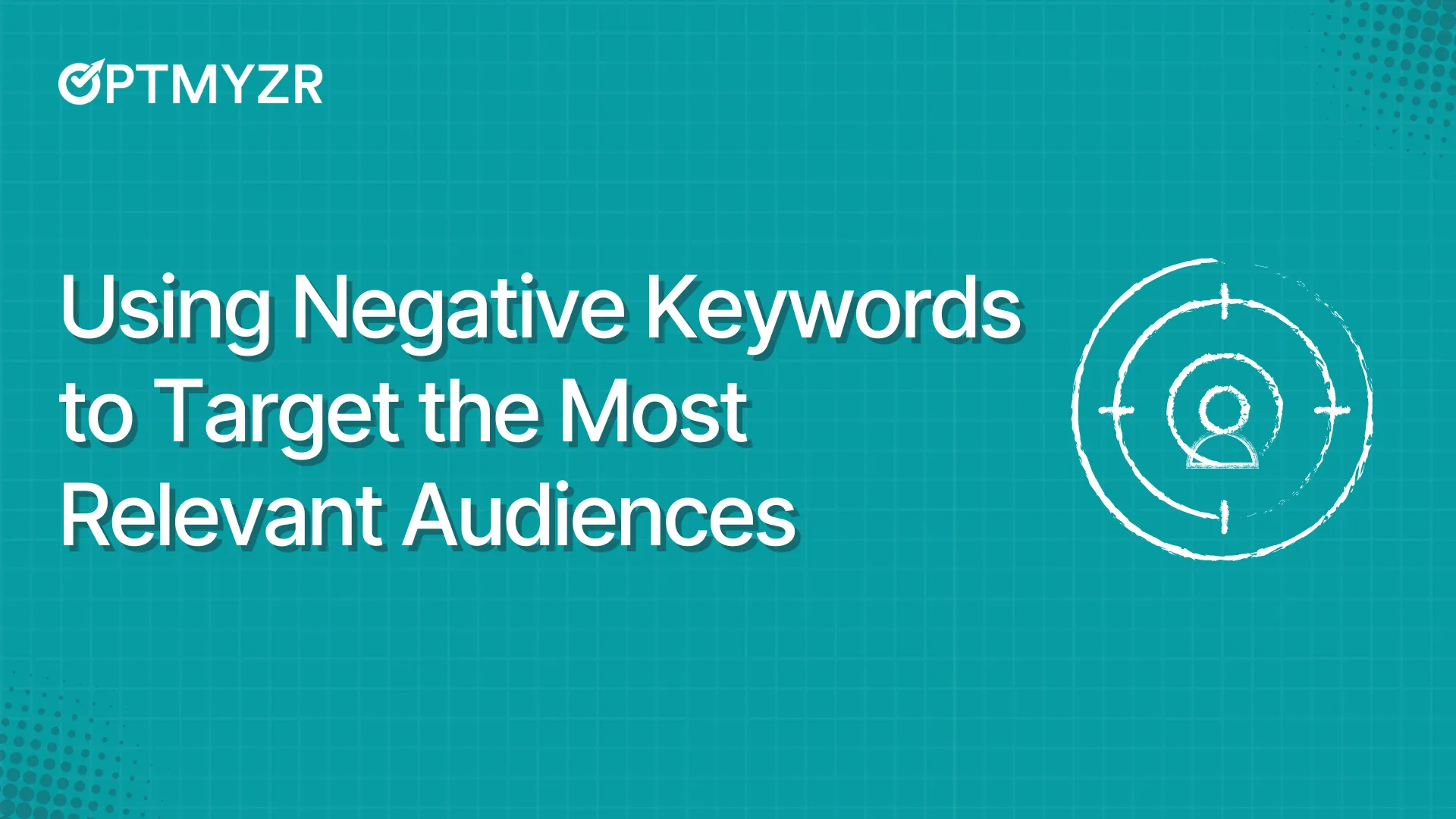Juggling PPC campaigns across Google Ads, Facebook, and LinkedIn? You’re not alone in this high-stakes game of cross-channel marketing. According to a Nielsen study, a well-executed strategy can amplify consumer interaction by 250%. But how do you navigate the complexities?
That’s where this guide comes in. Brought to you by the UAWC marketing agency, we’ll break down platform-specific rules, smart budgeting, and more. Our aim? To help you maximize your ROI in the challenging landscape of cross-channel advertising.
What is Cross-Channel Advertising?
Cross-channel advertising is when businesses advertise across multiple digital platforms, ensuring their ads are seen by a wider audience. This approach is vital because today’s consumers are everywhere - from social media to search engines.
Now, you might hear “multi-channel” and “cross-channel” and think they’re the same. Not quite.
Multi-channel campaigns mean you’re on multiple platforms, but each one operates in its own bubble. Cross-channel, on the other hand, is more integrated. It’s about making sure all your campaigns talk to each other and give a unified message.
What are the major players in Cross-Channel advertising?
Diving into cross-channel PPC means getting familiar with the big players in the game. Let’s break them down:
- Google Ads: The titan of search advertising. Google Ads reaches users with clear intent—those actively searching for your offerings. Its vast network, combined with sophisticated targeting options like location-based or remarketing campaigns, makes it a cornerstone of PPC. Its range of options also makes it harder to use, so it might be a good idea to hire a Google Ads agency if you lack in-house expertise
- Microsoft Advertising: Formerly Bing Ads, it spans Bing, Yahoo, and AOL. While its audience is smaller than Google’s, it’s a gem for certain demographics. Often, advertisers find lower competition, resulting in a more favorable cost-per-click. Plus, its integration with LinkedIn data offers unique B2B targeting opportunities.
- Meta Ads: Once Facebook Ads, Meta is the pulse of social advertising. Its strength lies in granular demographic targeting—from age, and interests, to behaviors. The platform’s visual and interactive ad formats, like carousel or video ads, allow for compelling storytelling.
- LinkedIn Ads: The go-to for B2B marketing. LinkedIn’s user base comprises professionals, decision-makers, and industry influencers. Ads here can target specific job titles, industries, or company sizes. Sponsored content, InMail, or display ads—each format caters to different campaign objectives, from brand awareness to lead generation.
- TikTok Ads: A rising star, especially for younger demographics. TikTok’s short, engaging video format is a fresh canvas for brands. With features like hashtag challenges or branded effects, advertisers can foster user interaction and even user-generated content.
Each platform offers unique advantages. Google captures intent, Microsoft provides cost-effective reach with niche targeting, Meta capitalizes on detailed demographic insights, LinkedIn zeroes in on professionals, and TikTok engages through interactive content. The key is aligning platform strengths with your audience and campaign goals.
How to overcome challenges in Cross-Channel advertising?
Managing cross-channel PPC isn’t a walk in the park. Here are some hurdles you might face:
1. Developing Unified Messaging
Maintaining a consistent message across platforms like Google Ads, Facebook, and LinkedIn is increasingly challenging. Each platform has its own set of rules, audience behaviors, and ad formats.
This complicates the task of delivering a uniform brand message across various channels, requiring marketers to adapt their strategies to each platform’s unique environment.
2. Developing a Unified Tracking Strategy
Data is the lifeblood of PPC campaigns, but the sheer volume can be overwhelming. Each platform offers its own set of metrics, from click-through rates to impressions to conversions.
This creates a challenge in developing a unified tracking strategy that can be applied cross-channel. Marketers must discern which metrics are most relevant to their goals and find a way to standardize these across all platforms for easier analysis.
3. Budget Optimization
Budget allocation becomes a complex task when managing cross-channel PPC campaigns. For instance, if Google Ads is consuming a significant portion of the budget but failing to deliver expected results, marketers are faced with a dilemma.
Should they reallocate funds to more successful channels, or continue investing in Google Ads in the hope that performance will improve? This decision-making process becomes even more complicated when considering the unique cost structures and bidding options of each platform.
4. Consistent Branding
Maintaining a consistent brand image across multiple platforms is a significant challenge. Each platform has its own set of guidelines and limitations for ad creatives.
For example, LinkedIn’s professional atmosphere may require a more formal tone and specific visual elements, while Instagram’s casual setting allows for more creative freedom. The challenge lies in adapting the brand’s core message and visual identity to fit the unique requirements of each platform without diluting the brand.
5. Audience Segmentation
Different platforms attract different demographics, making audience segmentation a complex task. LinkedIn is often more effective for B2B marketing, while platforms like TikTok or Instagram may be more suitable for targeting younger demographics.
This requires marketers to develop multiple audience personas and craft tailored messages for each, complicating the campaign management process.
6. A/B Testing
A/B testing is a standard practice in PPC campaigns, but its complexity multiplies when applied across multiple platforms. An ad that performs well on Facebook may not yield the same results on Google Ads due to differences in audience behavior and ad display algorithms.
This necessitates running multiple sets of A/B tests, each tailored to the specific requirements of the individual platform, making the process time-consuming and resource-intensive.
7. Staying Updated
The digital marketing landscape is constantly evolving, with platforms regularly rolling out new features, ad formats, and algorithms.
Marketers must not only stay updated on these changes but also understand their implications for cross-channel PPC campaigns. This requires continuous learning and adaptation, making it a demanding aspect of campaign management.
What are the strategies for effective Cross-Channel Campaigns?
To navigate the maze of cross-channel PPC, you need a solid strategy. Here’s a roadmap to guide you:
1. Platform-Specific Content Creation
Craft content tailored to each platform’s strengths and audience. While the core message remains consistent, the presentation should vary. For instance, a detailed infographic might work for LinkedIn, while a catchy short video is more suitable for TikTok.
Ambr Eyewear ran a cross-channel PPC campaign using Google Ads and Facebook Ads. On Google Ads, they utilized concise, keyword-focused ad copy along with ad extensions to provide additional information.
On Facebook, they took advantage of the platform’s robust demographic and interest-based targeting, using visually engaging ads with short, compelling copy. This tailored approach allowed them to effectively reach different customer segments, thereby optimizing their ROI across both platforms.
2. Centralized Analytics Dashboard
Use a unified analytics tool that aggregates data from all platforms. This allows for a holistic view of performance metrics and helps in making informed decisions based on cross-channel insights.
3. Cross-Platform Remarketing
For effective cross-platform retargeting, it’s crucial to know which platforms work well together. Here’s a breakdown:
- Google Ads and Facebook Ads: These are the most commonly paired for retargeting. Google captures user intent, while Facebook excels at demographic targeting.
- Instagram and Facebook Ads: Owned by the same company, these platforms allow for seamless retargeting and share the same ad manager.
- LinkedIn and Twitter: Best for B2B campaigns. LinkedIn captures professional behavior, while Twitter can retarget these users in a more casual setting.
- Amazon: It pairs well with both Facebook Ads and Google Ads for retargeting, capturing high-intent shoppers, and retargeting them on platforms where they spend more time.
Tips:
- Use platform-specific features like Google’s Custom Match, Facebook’s Custom Audiences, and Amazon’s Audience Builder for more targeted retargeting.
- For B2B, consider using LinkedIn’s Matched Audiences feature to retarget website visitors when they’re on Twitter.
4. Unified Customer Profiles
Unified customer profiles are essential for understanding the customer journey across platforms. CRMs like Salesforce, HubSpot, and Zoho offer integrations with multiple advertising platforms, allowing you to create a more cohesive cross-channel strategy.
Tips:
- Recommended CRMs: Salesforce for enterprise-level operations, HubSpot for small to medium businesses, and Zoho for budget-conscious businesses.
- Use Salesforce’s Audience Studio or HubSpot’s Ads Software to integrate your CRM data with your PPC campaigns.
5. Synchronized Campaign Launches
When launching a new campaign, synchronize the timing across platforms. This creates a buzz and ensures that your audience receives a consistent message, no matter where they are.
6. Cross-Promotion Between Platforms
Use one platform to drive traffic to another. For instance, tease content on Instagram and direct users to view the full content on YouTube or your website.
7. Optimize for Cross-Channel Conversions
Recognize that a user might discover your product on one platform and convert on another. Ensure that the transition between platforms is seamless and that there’s a consistent call-to-action guiding them.
The role of automation in Cross-Channel Advertising
Cross-channel advertising is a multifaceted field. It involves various platforms and strategies.
Automation tools can be the answer to this complexity. They ensure your campaigns are optimized and run efficiently.
Why embrace automation?
Managing ads across different platforms is a challenge. The sheer diversity can be daunting.
A PPC automation tool, like Optmyzr can adjust bids dynamically, stop underperforming ads, reallocate budgets in real-time, and much more to help you run profitable ads.
Case Study: Successful Cross-Channel Campaign
Brand: Ambr Eyewear - A visionary eyewear brand from Dublin.

The Challenge:
Ambr Eyewear was founded to address the need for stylish computer glasses. While they had a unique and quality product, their brand was relatively unknown. Their primary challenge was to make a mark in a competitive market, targeting users who spend long hours in front of screens.
The Strategy (with UAWC’s Assistance):
UAWC, a renowned digital marketing agency, stepped in to elevate Ambr Eyewear’s marketing game.
Channels:
- Google Ads: Focused on keywords related to computer glasses, blue light filtering, and stylish eyewear.
- Facebook Ads: Visual campaigns highlighted the stylish designs of their glasses, targeting professionals and tech-savvy users.
- Bing Ads: Targeted users searching for quality eyewear solutions on the Bing and Yahoo networks.
Strategy:
- Cross-Platform Remarketing: Users who interacted but didn’t convert on Google Ads were retargeted on Facebook with complementary ads.
- Unified Customer Profiles: A CRM system integrated data from all platforms to create unified customer profiles for highly personalized ads.
- Dynamic Content Adaptation: The content of the ads was dynamically adapted based on the platform and the user’s previous interactions.
- Budget Reallocation in Real-Time: Performance metrics were monitored across all platforms in real-time for dynamic budget reallocation.
Insights & Results:
- The Google Ads campaign led to a 235.69% increase in the conversion rate.
- Facebook Ads saw a whopping 280% increase in conversion rate, with revenue increasing by 1840.44%.
- Bing Ads, though having a smaller reach, still contributed to the overall success with a 1.88% conversion rate.
Key Takeaways:
- Know Your Audience: Ambr Eyewear recognized the diverse needs of their audience. They tailored their campaigns to resonate with tech professionals, fashion enthusiasts, and general users affected by screen glare.
- Leverage Platform Strengths: Google was used for its vast reach and intent-driven searches, Facebook for its visual appeal and demographic targeting, and Bing for tapping into a specific user base.
- Consistency is Key: Regardless of the platform, Ambr Eyewear ensured that their brand message about stylish, functional eyewear was consistent.
In conclusion, with UAWC’s expert guidance, Ambr Eyewear transformed their digital marketing approach. Their journey is a testament to the power of a well-strategized cross-channel PPC campaign. With the right partners and approach, even a niche brand can achieve remarkable success and recognition.
Conclusion
Navigating the world of cross-channel PPC is undeniably complex, but it’s a challenge worth embracing. As showcased by successes like Ambr Eyewear, understanding and adapting to these complexities can lead to remarkable results.
So, as you delve into cross-channel campaigns, see each challenge as an opportunity. With the right approach, the digital realm offers vast potential. Embrace it, adapt, and thrive.
And if you need help, give Optmyzr a try.
Not an Optmyzr customer yet? Thousands of advertisers — from small agencies to big brands — around the world use Optmyzr to manage over $5 billion in ad spend every year.
Sign up for our 14-day free trial today to give Optmyzr a try. You will also get the resources you need to get started and more. Our team will also be on hand to answer questions and provide any support we can.








